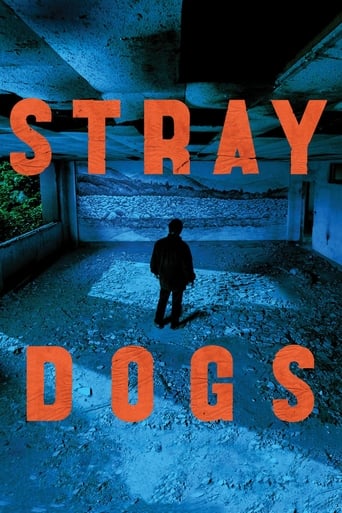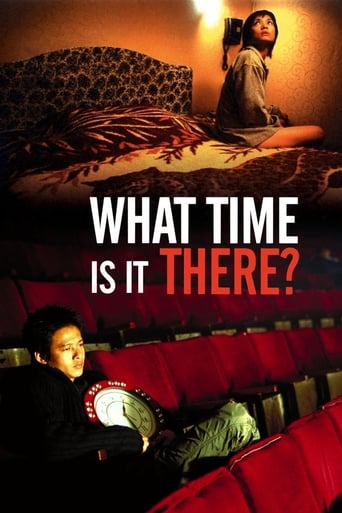Goodbye, Dragon Inn 2003
On a dark and rainy night, a historic and regal Taipei cinema sees its final film: 1967 martial arts feature "Dragon Inn". As the film plays, the lives of the theater's various employees and patrons intersect, and two ghostly actors arrive to mourn the passing of an era.



















